Bean Tempe Orek: A vibrant Indonesian dish with golden-roasted tempeh, green beans, and a sweet-savory tamarind-kecap manis sauce. Protein-packed!
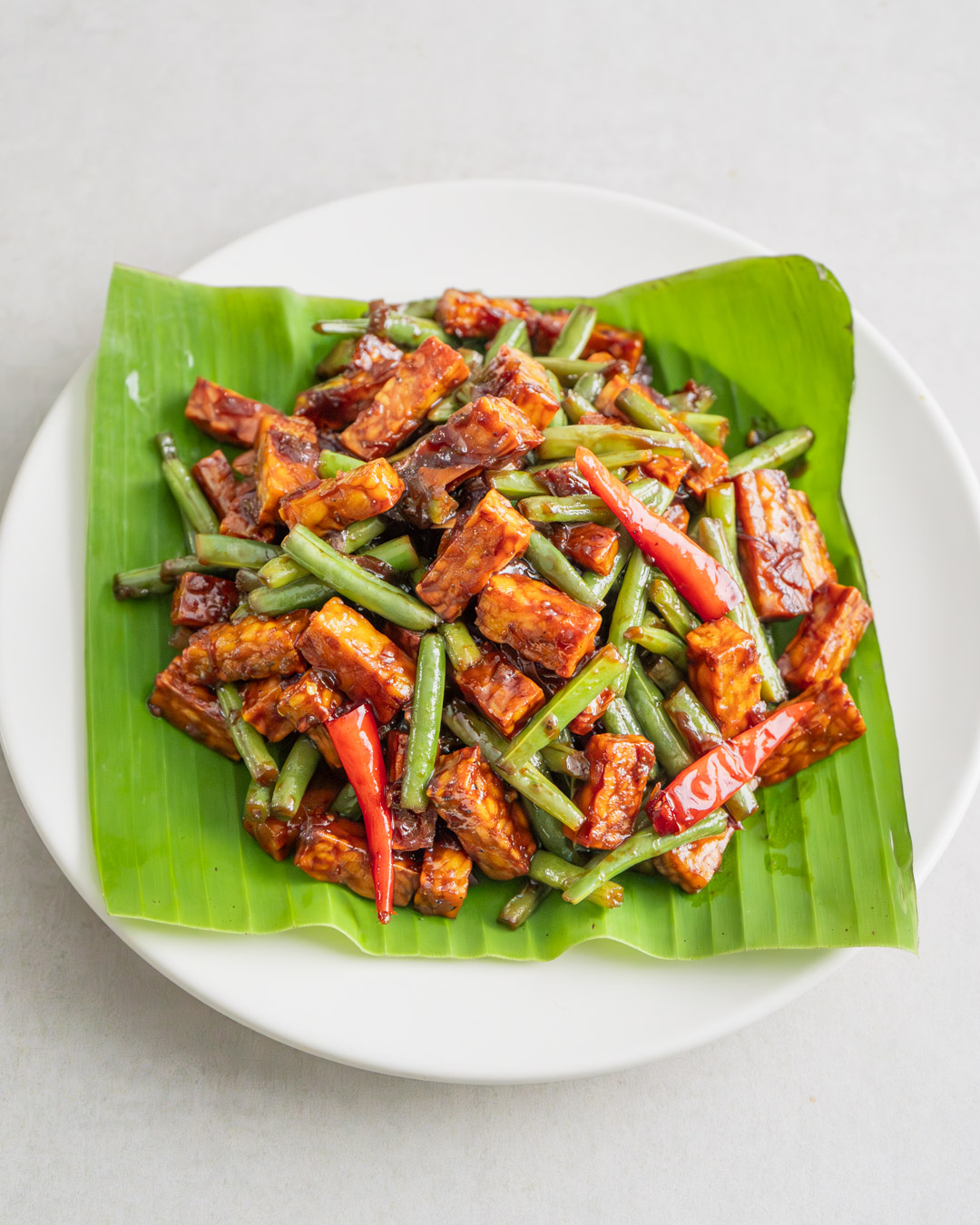

Bean Tempe Orek: A vibrant Indonesian dish with golden-roasted tempeh, green beans, and a sweet-savory tamarind-kecap manis sauce. Protein-packed!
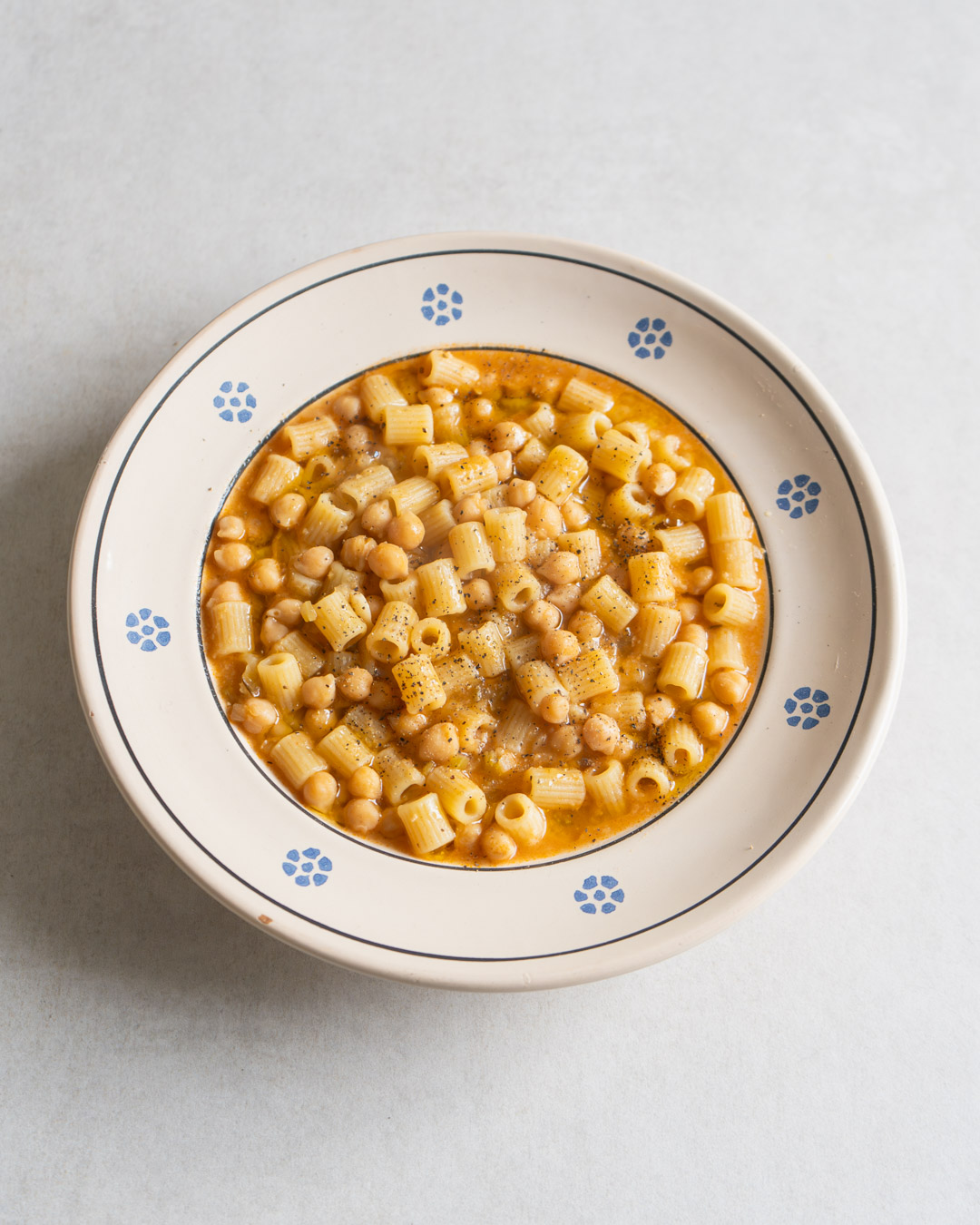
Pasta e Ceci is a comforting Italian dish of chickpeas, short pasta, and a fragrant soffritto. Creamy, cozy, and traditionally vegan, it’s perfect any night.

Dal Tadka is a flavorful Indian dish of creamy lentils, aromatic spices and a smoky finish, bringing rich comforting traditionally vegan flavors to life.
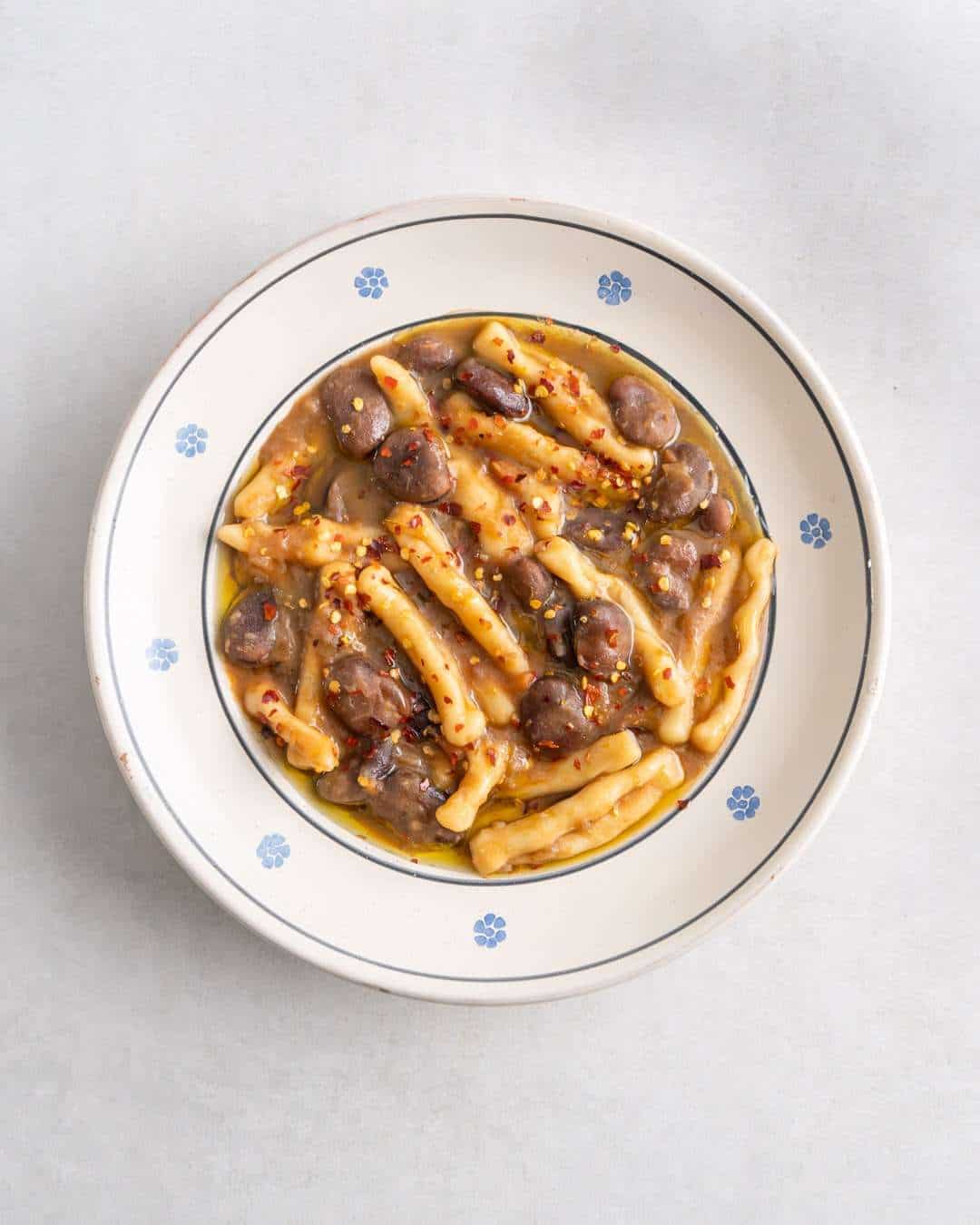
Lolli con Fave is a traditional Sicilian dish with creamy fava beans, veggies and homemade pasta, a hearty naturally vegan stew rooted in Cucina Povera.

Macedonian Tavče Gravče elevates baked beans with onions, peppers and paprika. This rich, aromatic dish is traditionally vegan, hearty and full of bold flavors.
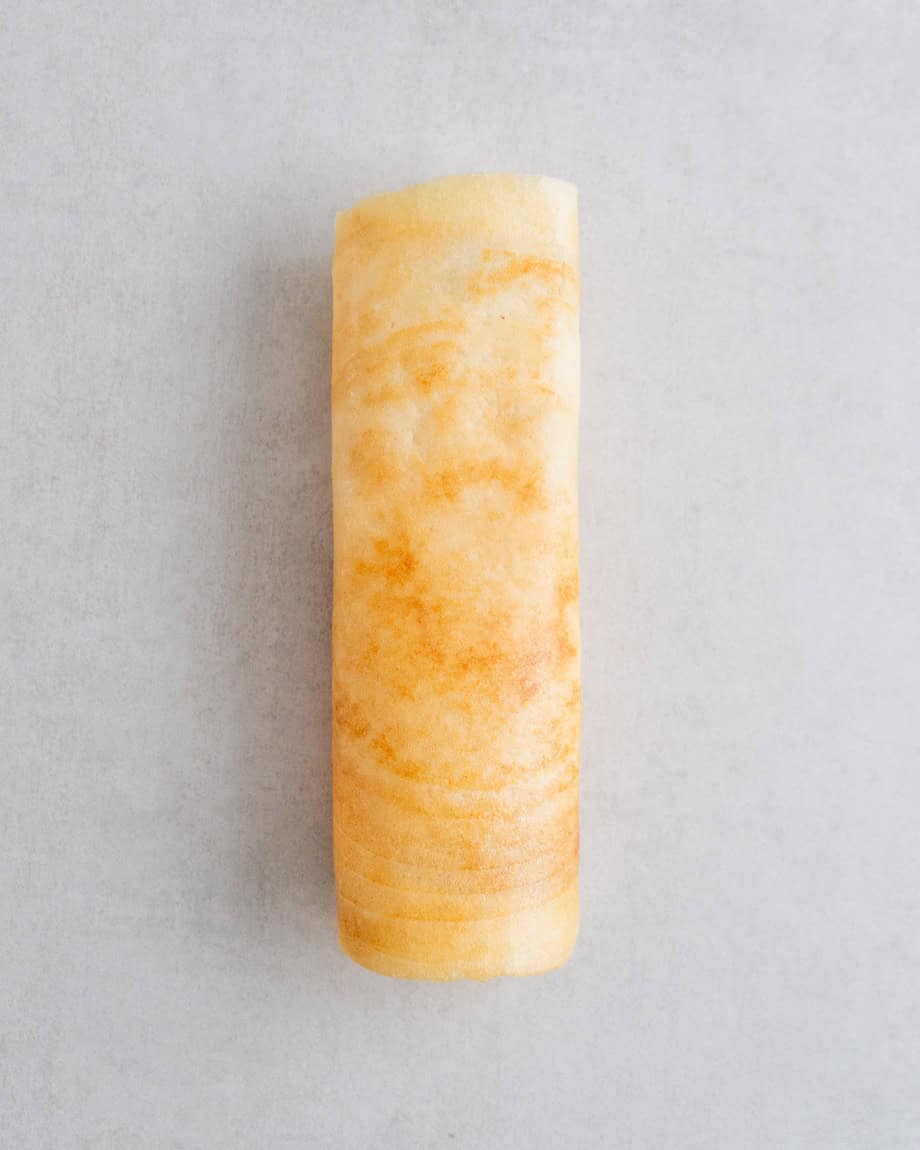
Dosa, a South Indian favorite, is a crispy, golden pancake made from fermented rice and lentils. Paired with chutneys or sambar, it’s simple and satisfying.

Kuzhi Paniyaram, a South Indian snack or breakfast, combines fermented rice and urad dal batter with spices. Crispy outside, fluffy inside and naturally vegan.

Ndengu, a Kenyan mung bean curry, is rich in protein and fiber, simmered with tomatoes, onions and spices. Enjoy with rice, Chapati or Ugali—a hearty staple.

Potaje de Garbanzos, a traditionally vegan Spanish stew, combines chickpeas, smoky paprika and veg for quick, hearty flavors of Mediterranean comfort.

For something sweet and uniquely Sri Lankan you’ve got to try Pani Walalu. These deep-fried, syrup-soaked coils of delight are a traditional treat that perfectly balances crispy texture with a burst of sweet goodness. Although it’s made with just a few ingredients like rice flour and coconut milk, Pani Walalu tastes like an indulgent dessert.
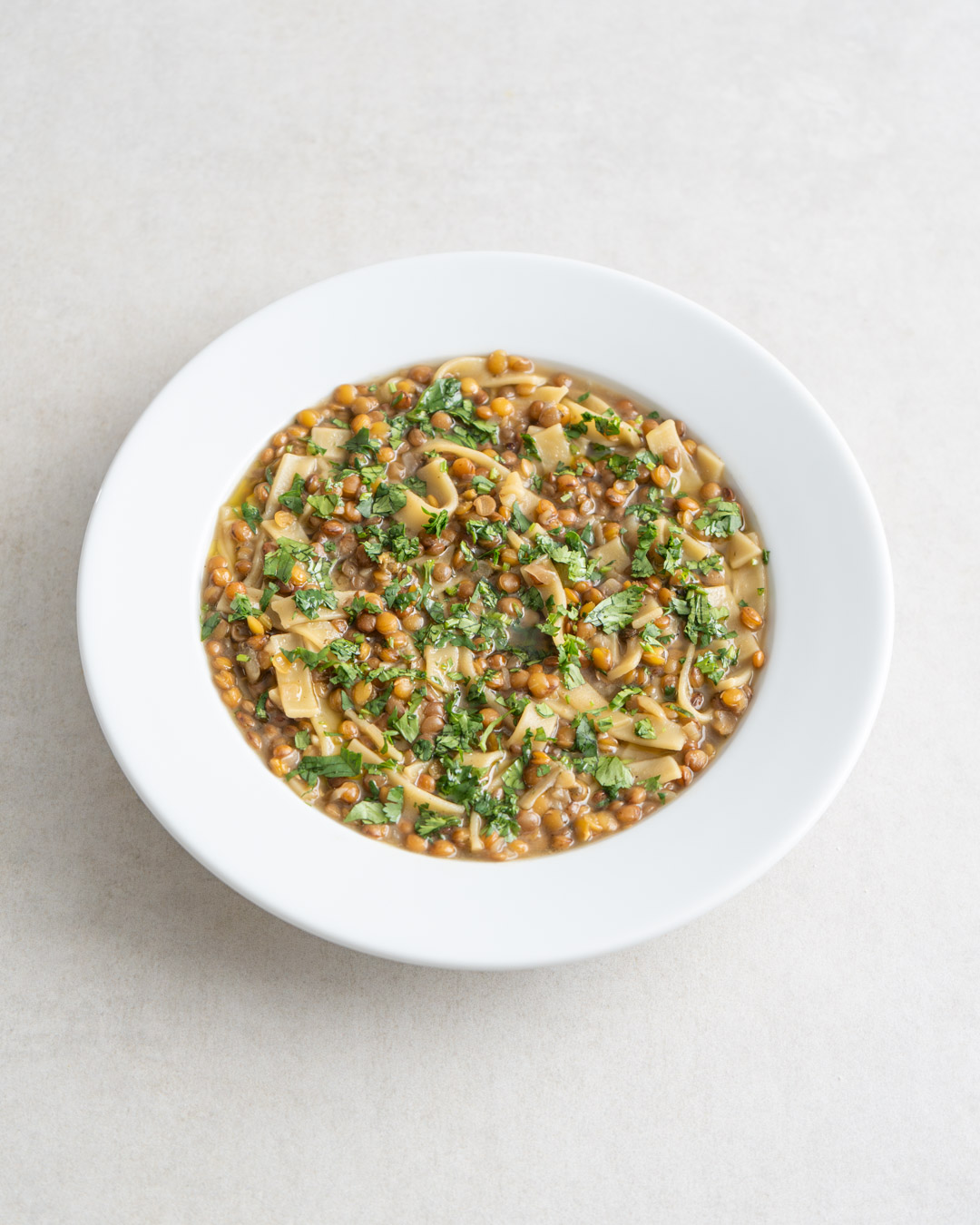
Rishta bil Adas, a traditional Middle Eastern pasta and lentil soup, is as comforting as it is packed with flavor. This soul-warming recipe combines earthy lentils, silky pasta and aromatic spices to create a satisfying meal that’s both nutritious and delicious. It’s easy to make and full of wholesome ingredients that will leave you craving more.

These savory, protein-packed legume pancakes are perfect for breakfast or lunch, dipped in chutney or stuffed with spiced filling.
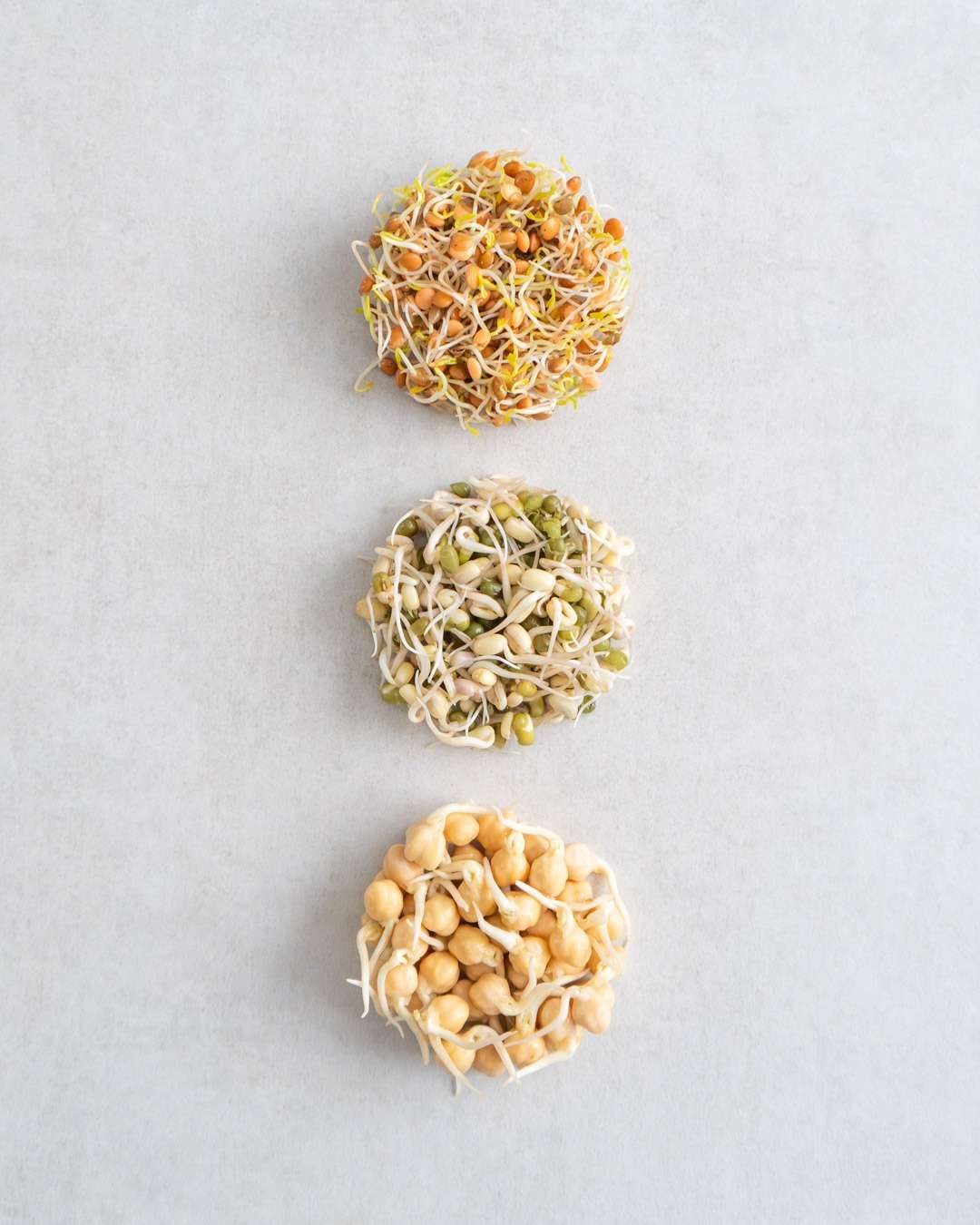
Elevate your meals with the nutty, fresh flavor of sprouted legumes. These tiny powerhouses are packed with nutrients and enzymes that enhance both taste and health benefits. Sprouting legumes like lentils, chickpeas or mung beans adds a crisp texture and makes them easier to digest. Perfect for salads, soups or snacks, they’re a versatile ingredient that brings a burst of freshness to any dish.

Adas Bil Hamod is the perfect example of how lentils can be turned into a delicious soup. Combined with spices, tangy lemon juice and an aromatic sizzling oil of dried mint and garlic, this traditional dish is comfort in a bowl. Plus, it’s incredibly easy to make!

South Indian Uttapam are thick, fluffy pancakes loaded with fresh aromatics, offering a delightful alternative to idli and dosa. With its crispy edges and soft, flavorful center, Uttapam is perfect for breakfast, lunch or even a light dinner. Topped with tomatoes, onions and chilies, each bite is a burst of flavor.
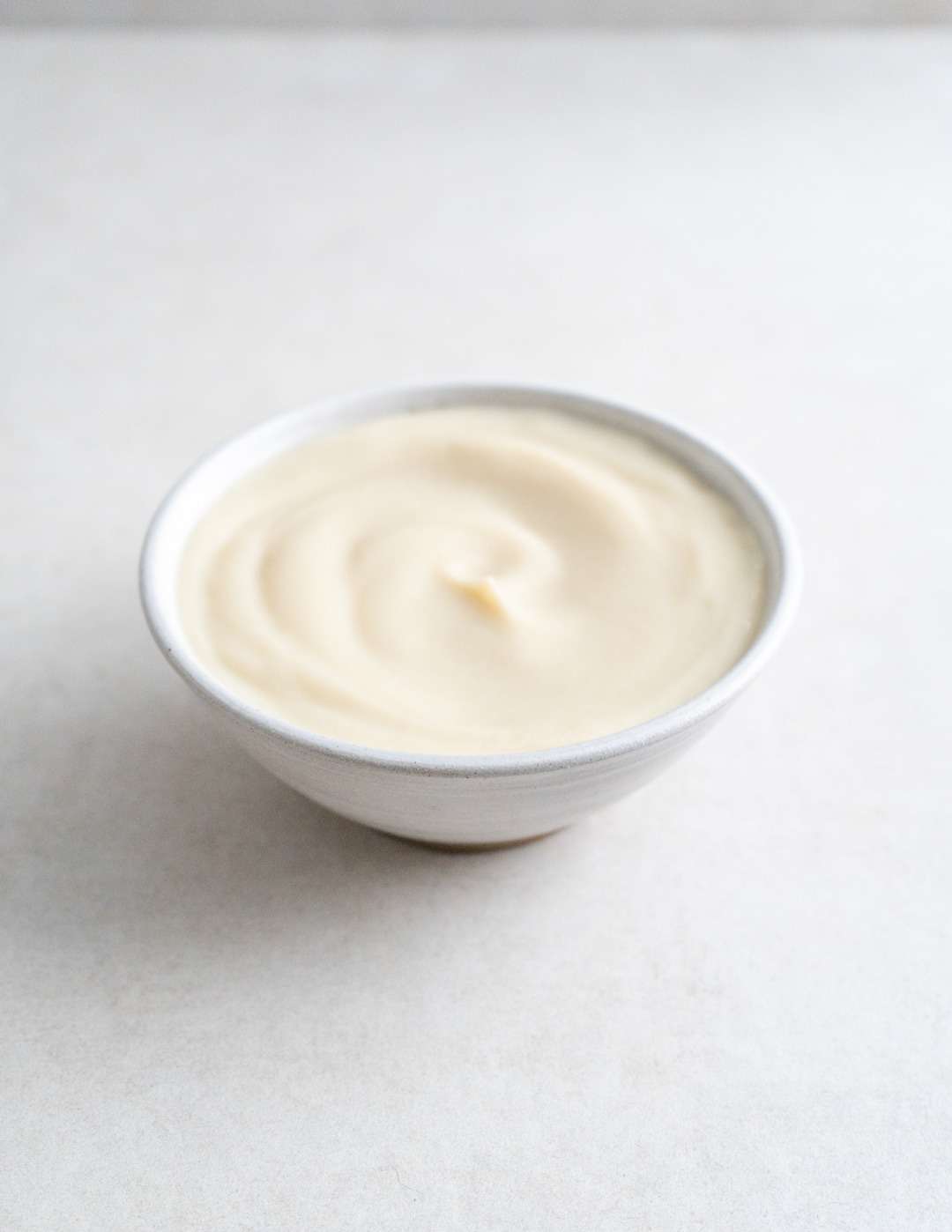
Making yogurt out of chickpeas does not quite sound like the dairy alternative we’ve all been hoping for. But it ticks a few important boxes. It’s soy- and nut-free, a natural source of protein and also probiotic. All of this makes a combination that’s not easy to come by on a plant-based diet.
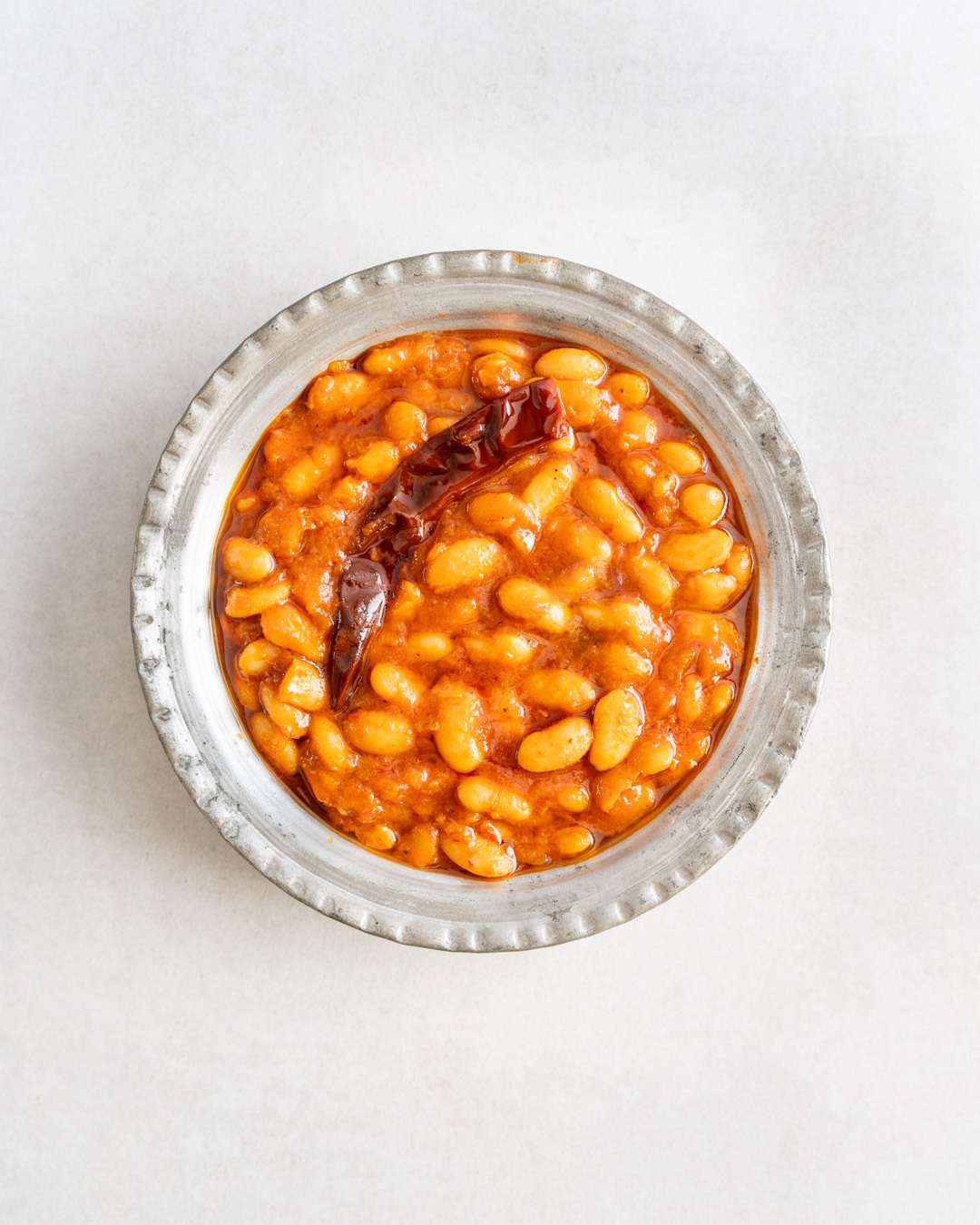
Turkey’s national dish isn’t Kebab, Lahmacun, or Menemen but Kuru Fasulye—a fiery white bean stew slow-cooked in a rich tomato, pepper, and chili broth.
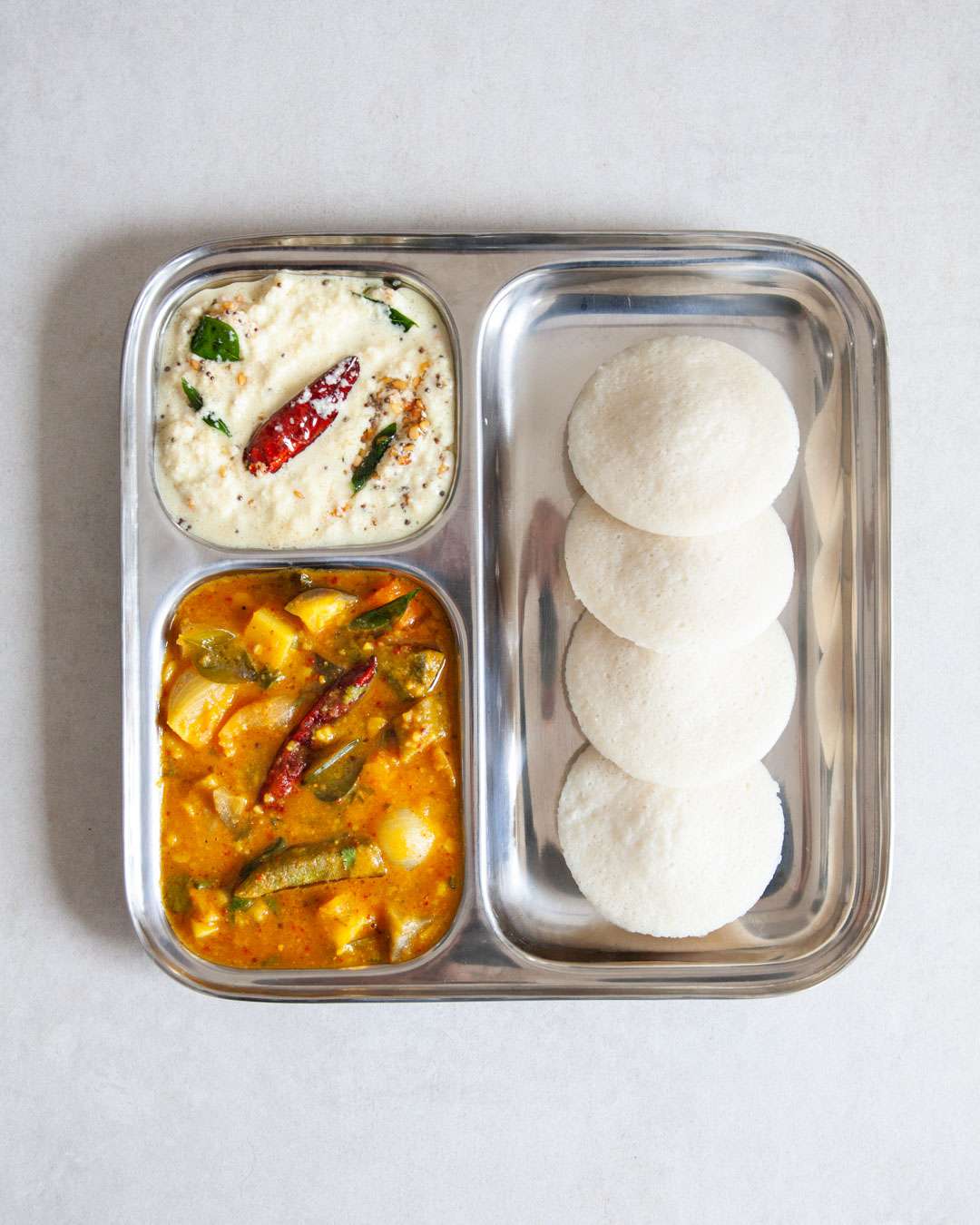
Idli are steamed rice cakes made from fermented rice and lentils. A South Indian specialty, Idli Sambar is a wholesome dish for breakfast, lunch or dinner.
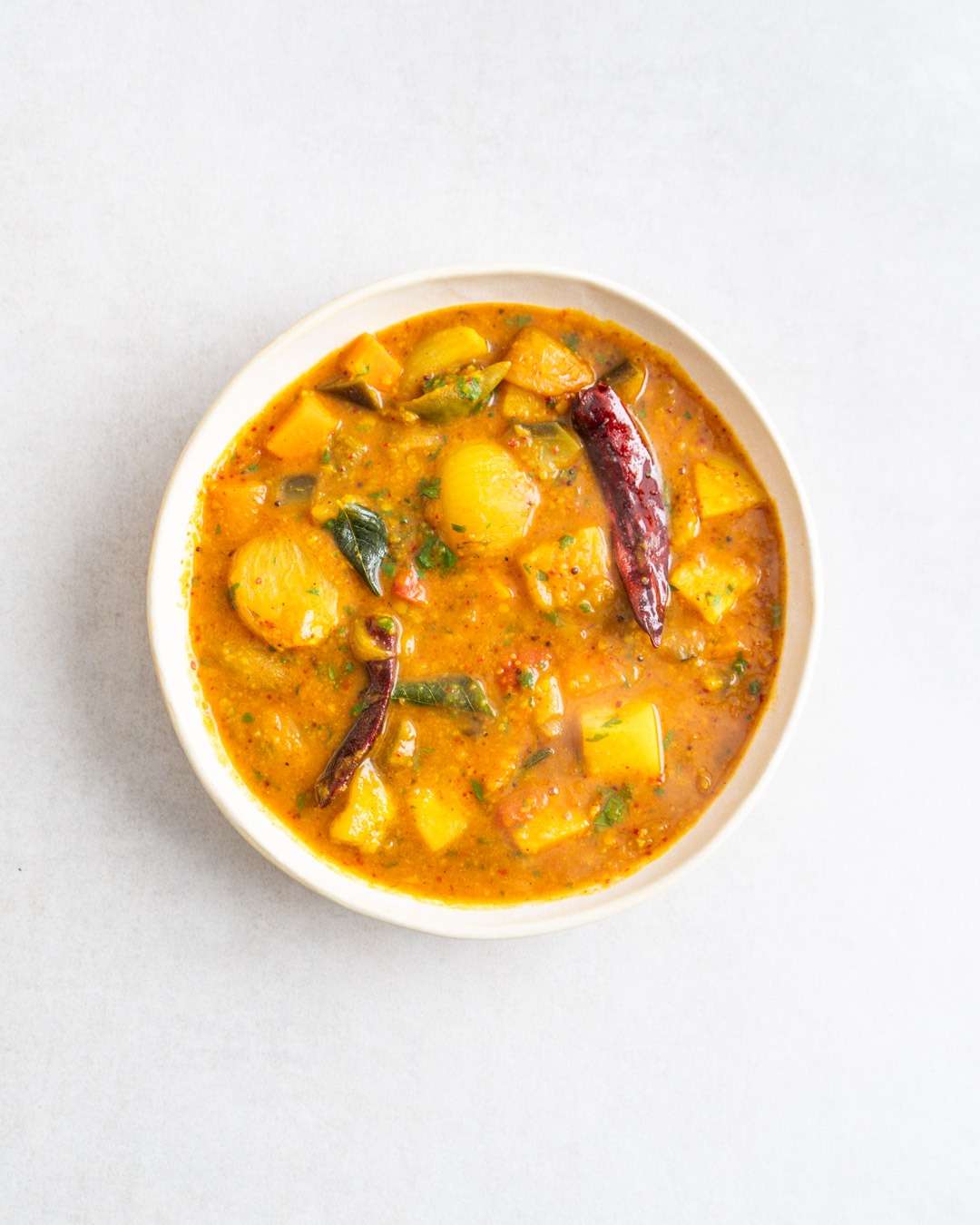
Sambar is a quintessential South Indian dish that is often served alongside Idli. It’s a tangy and spicy lentil-based stew that is made with a variety of vegetables, tamarind juice, and a blend of aromatic spices that give it a distinct aroma and taste.
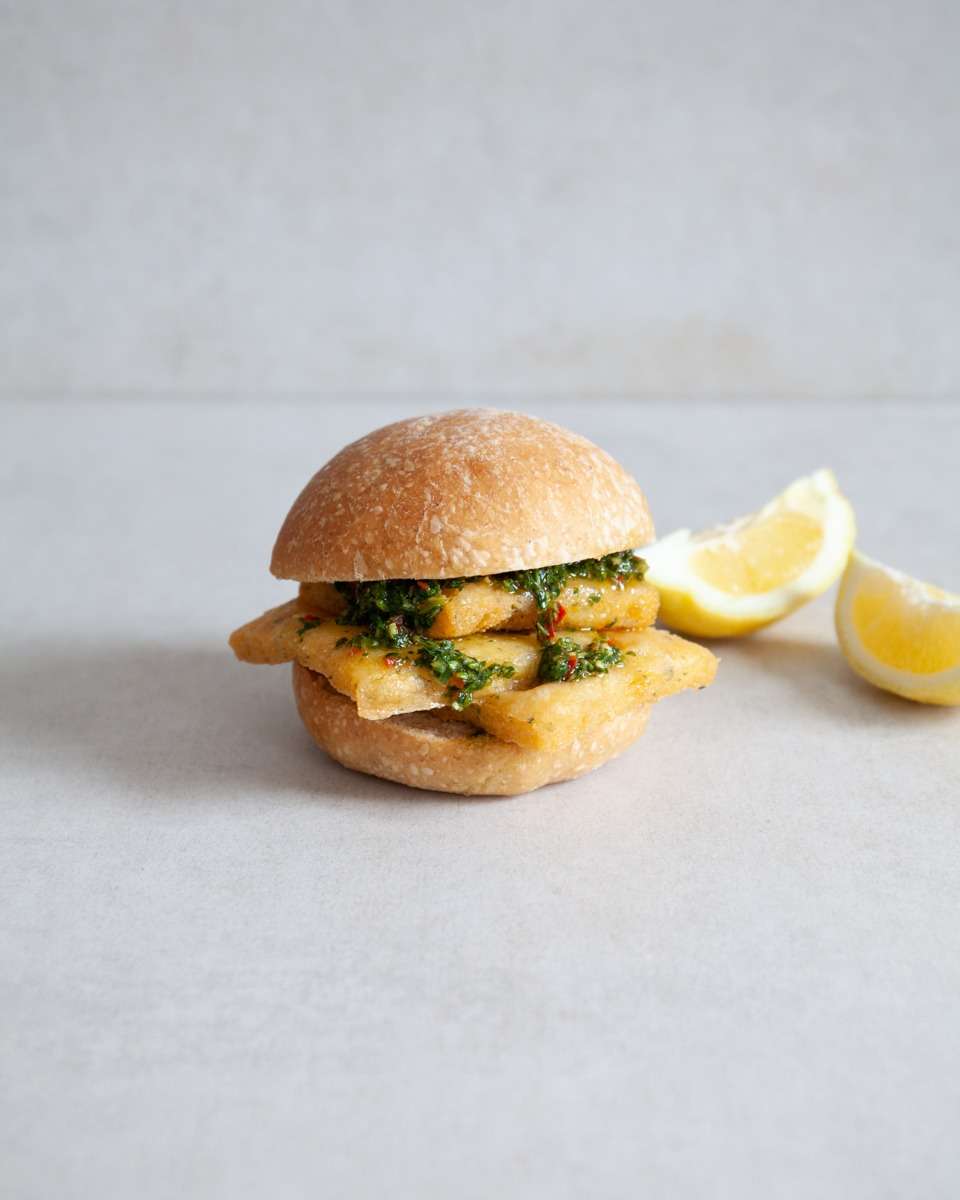
When I travelled to Sicily to discover Italy’s traditional plant-based dishes for my series Vegan Cultures, Panelle was on the top of my list. It’s a popular street food in Palermo, but what surprised me was the use of chickpea flour to create thin chickpea fritters that are then served with a generous drizzle of lemon juice in a bread bun.
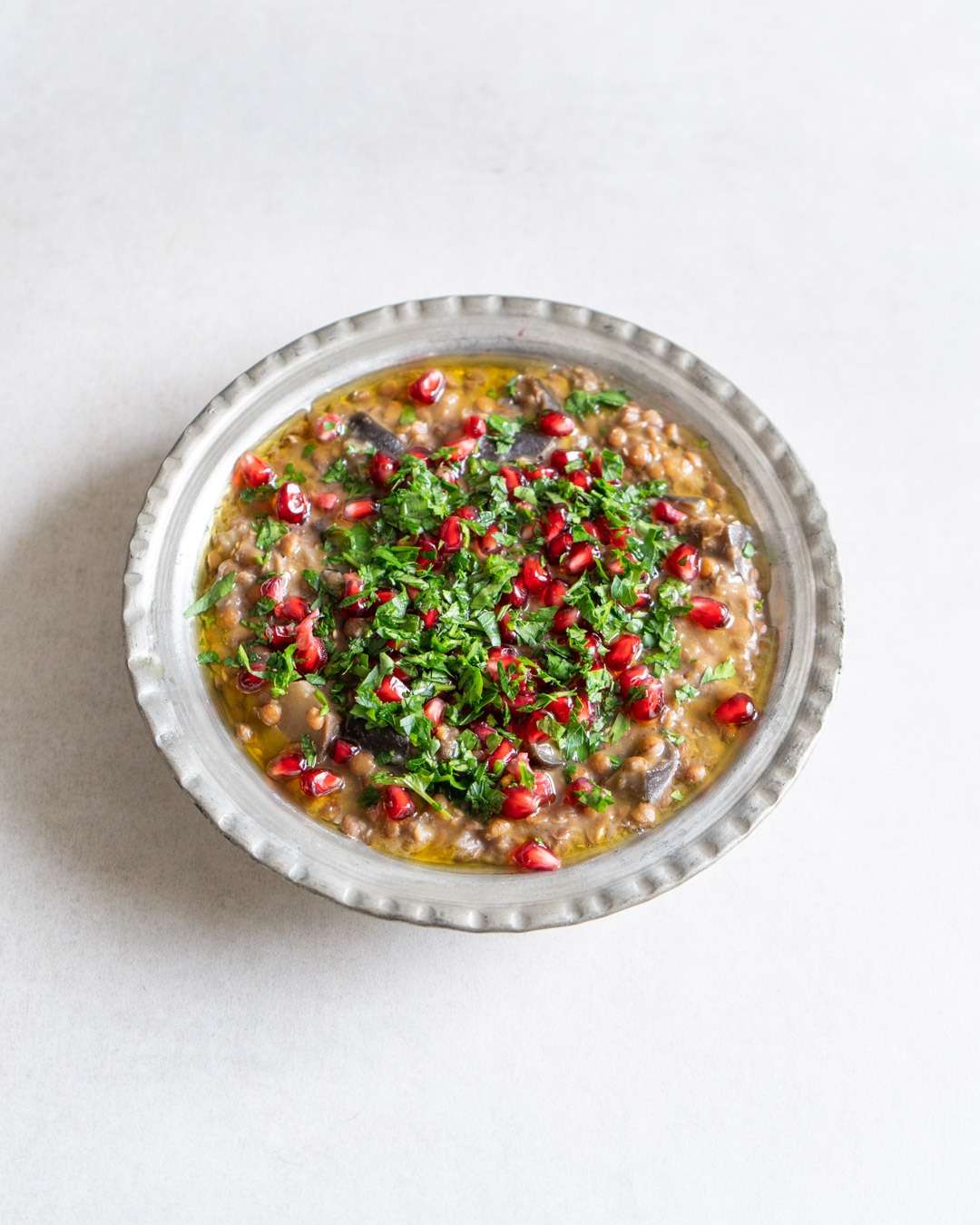
Rummaniyeh is a Palestinian aubergine and lentil stew that originated in Jaffa. When Palestinians fled historical Palestine, they took their culinary traditions with them, which is why Rummaniyeh is now often associated with Gaza.
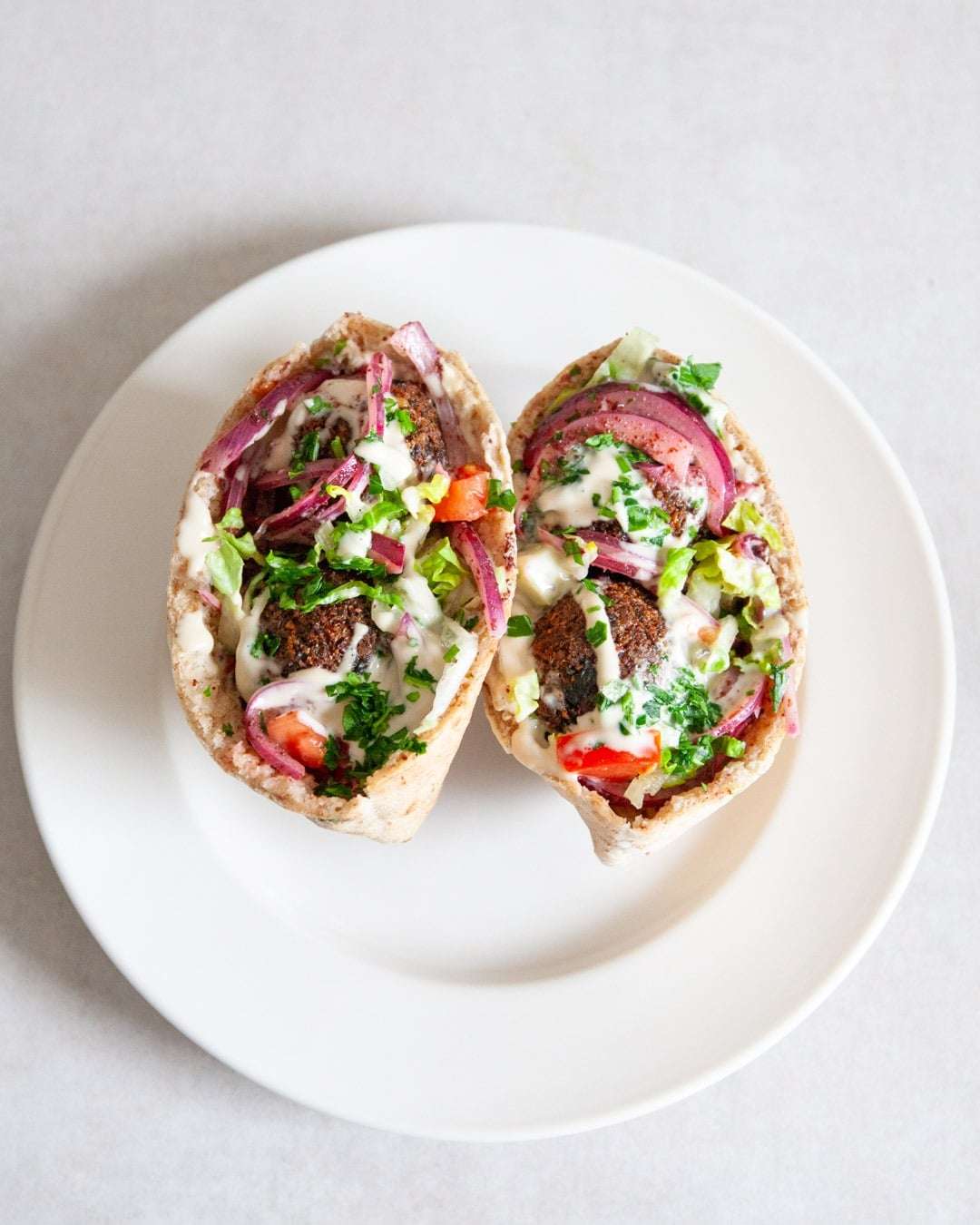
The Falafel Pita Sandwich is a beloved Middle Eastern classic that combines crispy falafel with fresh vegetables, a rich tahini sauce and soft pita bread. This delicious and nutritious sandwich is perfect for anyone looking to enjoy a hearty, naturally plant-based meal. Packed with protein and fibre, falafel is made from ground chickpeas mixed with aromatic herbs and spices, then fried to golden perfection, before stuffed into the soft pita.
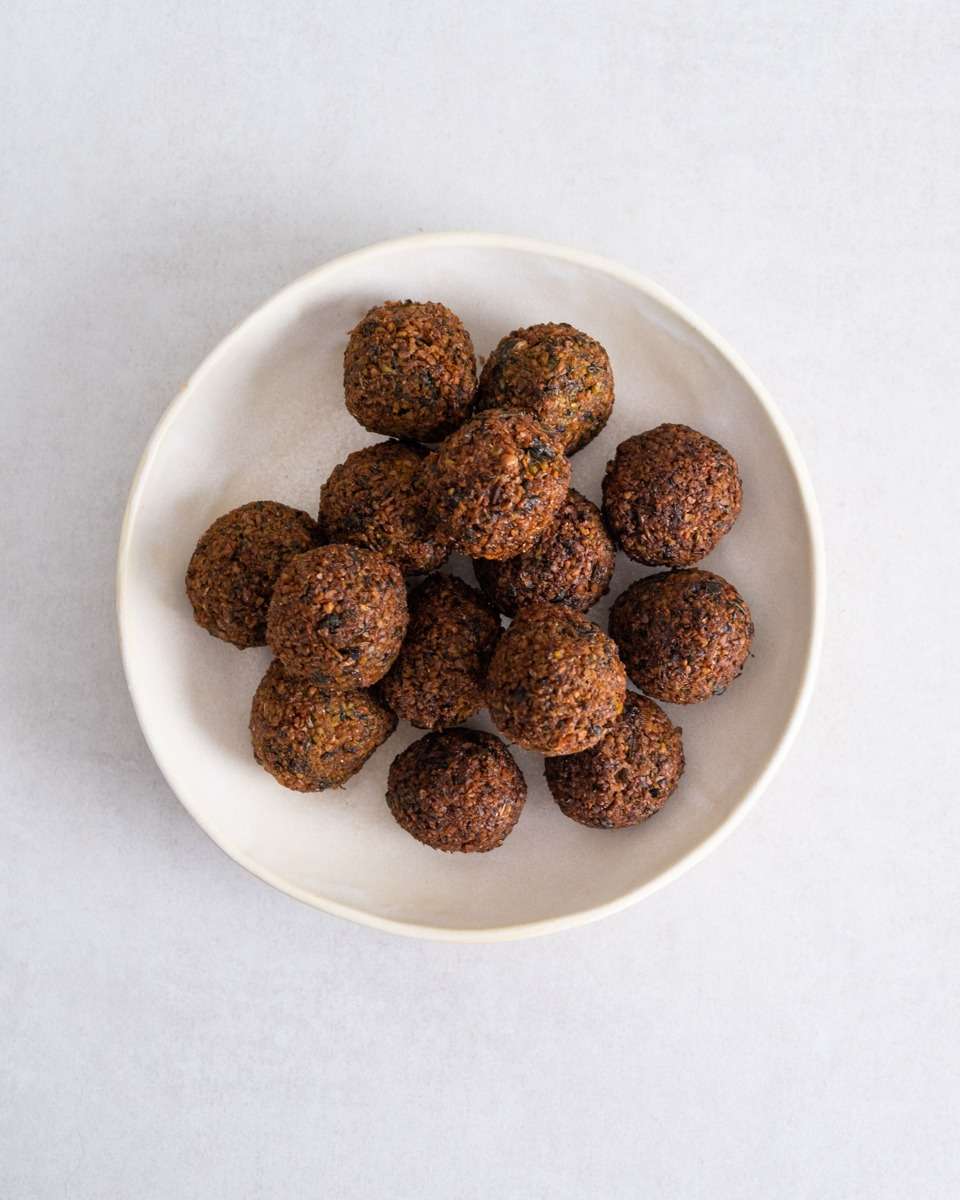
Falafel made from any legume is a versatile twist on the traditional Middle Eastern classic that is traditionally made from either chickpeas or fava beans. This approach allows you to create crispy falafel using pretty much any legume – from chickpeas to lentils or even green peas. That way, you can easily make use of leftovers or explore legumes that were grown locally.
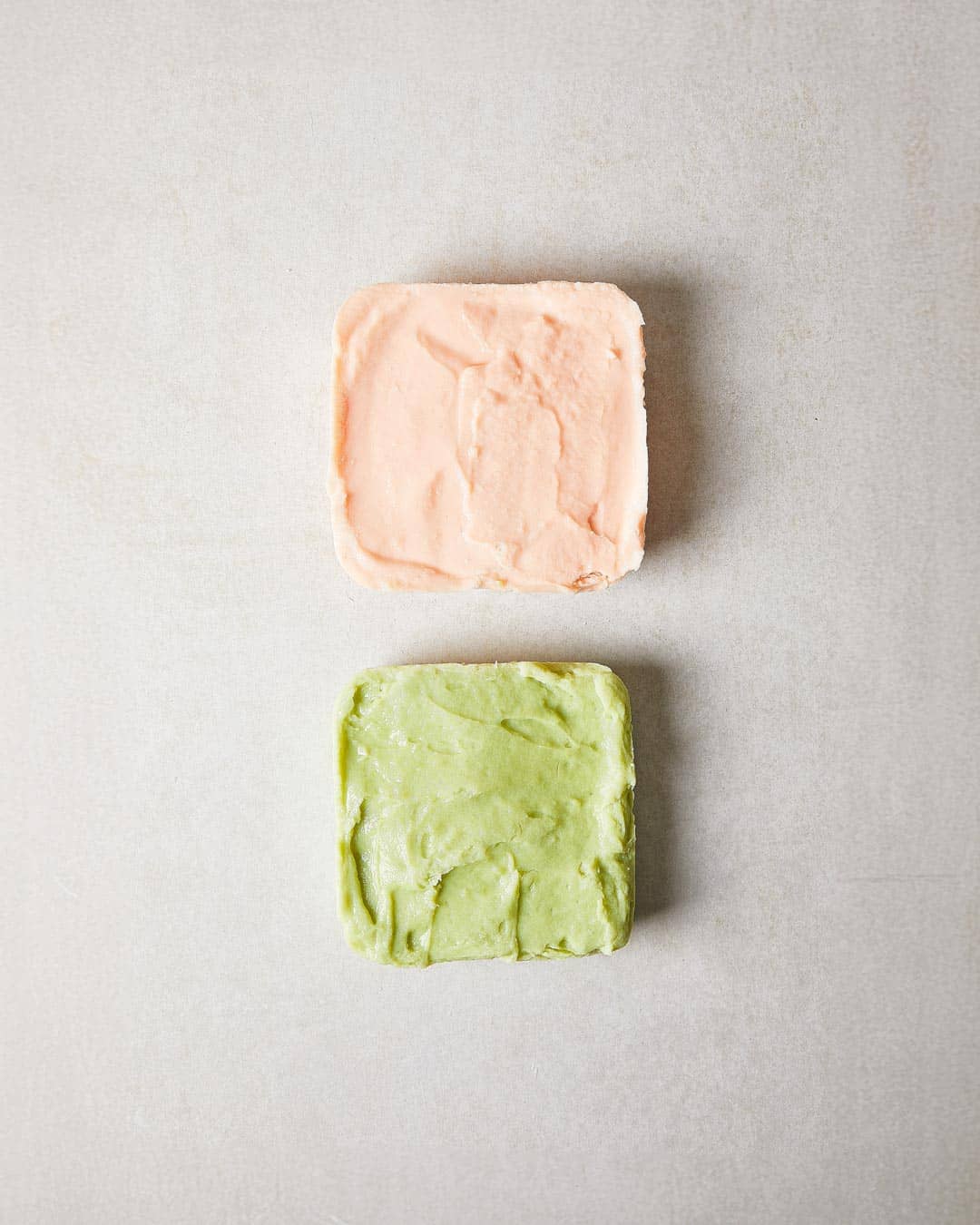
Thanks to their protein and starches, it is possible to coagulate soaked and blended legumes into a Burmese-style tofu. My previous recipe involved straining the liquid before heating it, but this zero waste version allows you to make a tofu from pretty much any legume without straining. It therefore saves time and is even more nutritious as well.
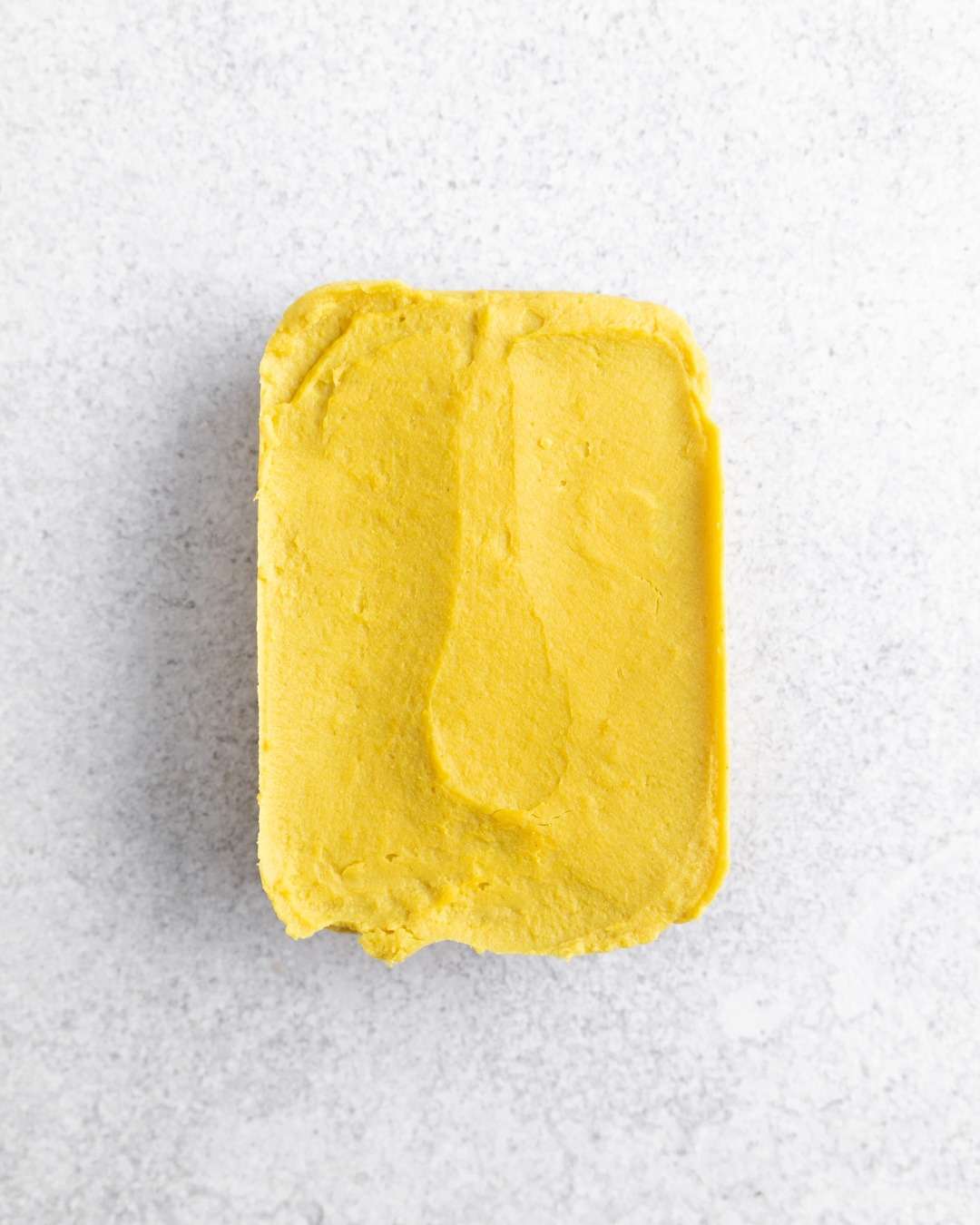
Did you know that you can make tofu out of chickpeas? It’s inspired by Burmese tofu, which is made from a simple mix of chickpea flour, turmeric and water. When I’ve made this type of tofu with different legumes in the past, I always ended up with some leftover pulp. However, there’s no need strain chickpeas, which means it’s completely waste free. Plus, you can easily flavour the tofu any way you want by adding the aromatics straight to the blender.

Asparagus Chickpea Pancake is a delicious and healthy twist on Indian Besan Chilla – perfect for those looking to add more plant-based meals to their diet. Made with chickpea flour and fresh asparagus, this gluten-free and vegan-friendly recipe offers a savory alternative to sweet breakfast pancakes. Rich in protein and fiber, these pancakes are not only flavorful but also packed with nutrients, making them an excellent choice for a satisfying meal any time of day.
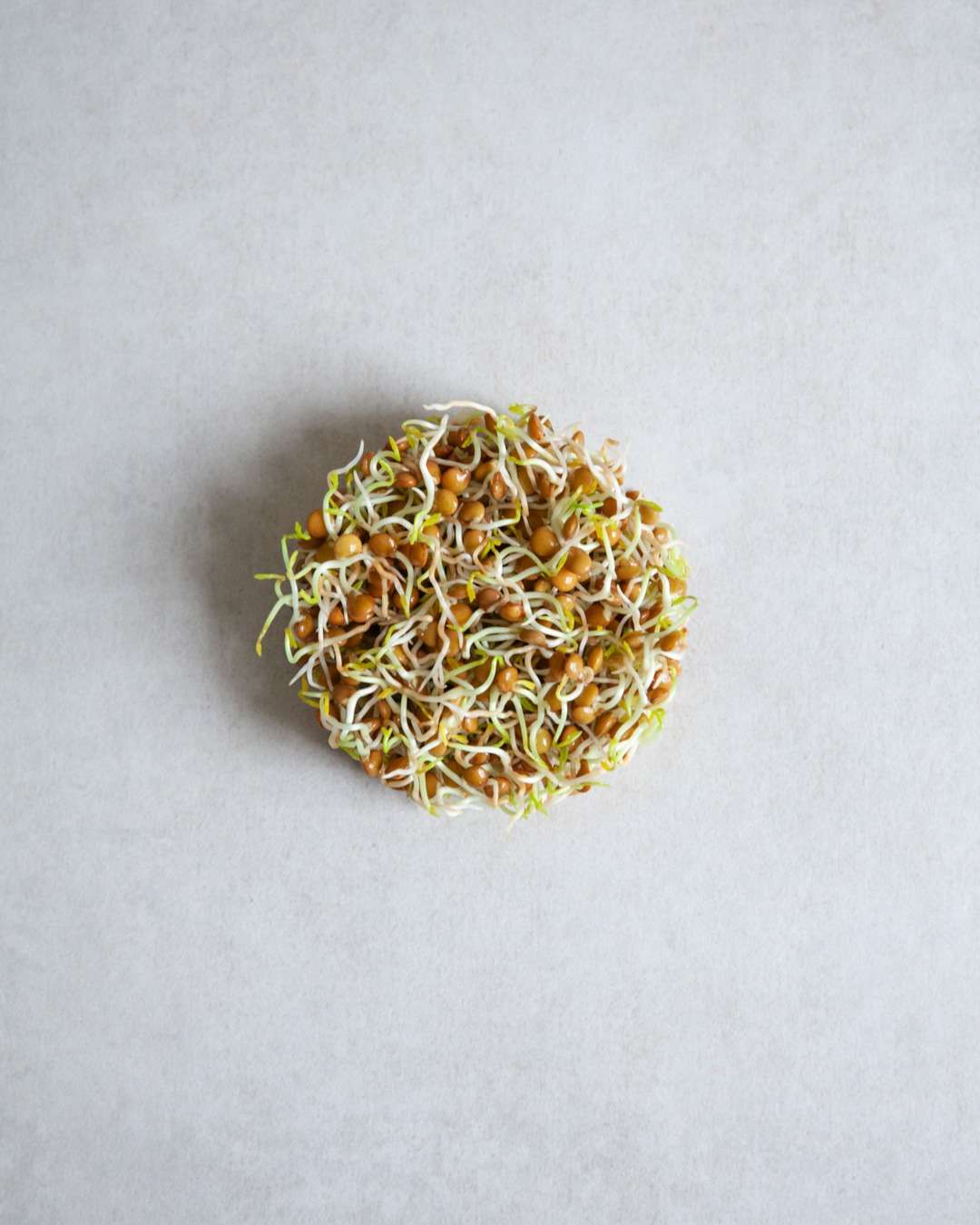
Sprouting lentils is a gratifying process that any homecook should experience. The sheer excitement about an everyday dried staple blossoming into life with just a little care and attention is once again transformative. Dried lentils usually contain phytic acids, which are difficult to digest. But the germination process neutralises the acids and sprouts are safe to consume raw.
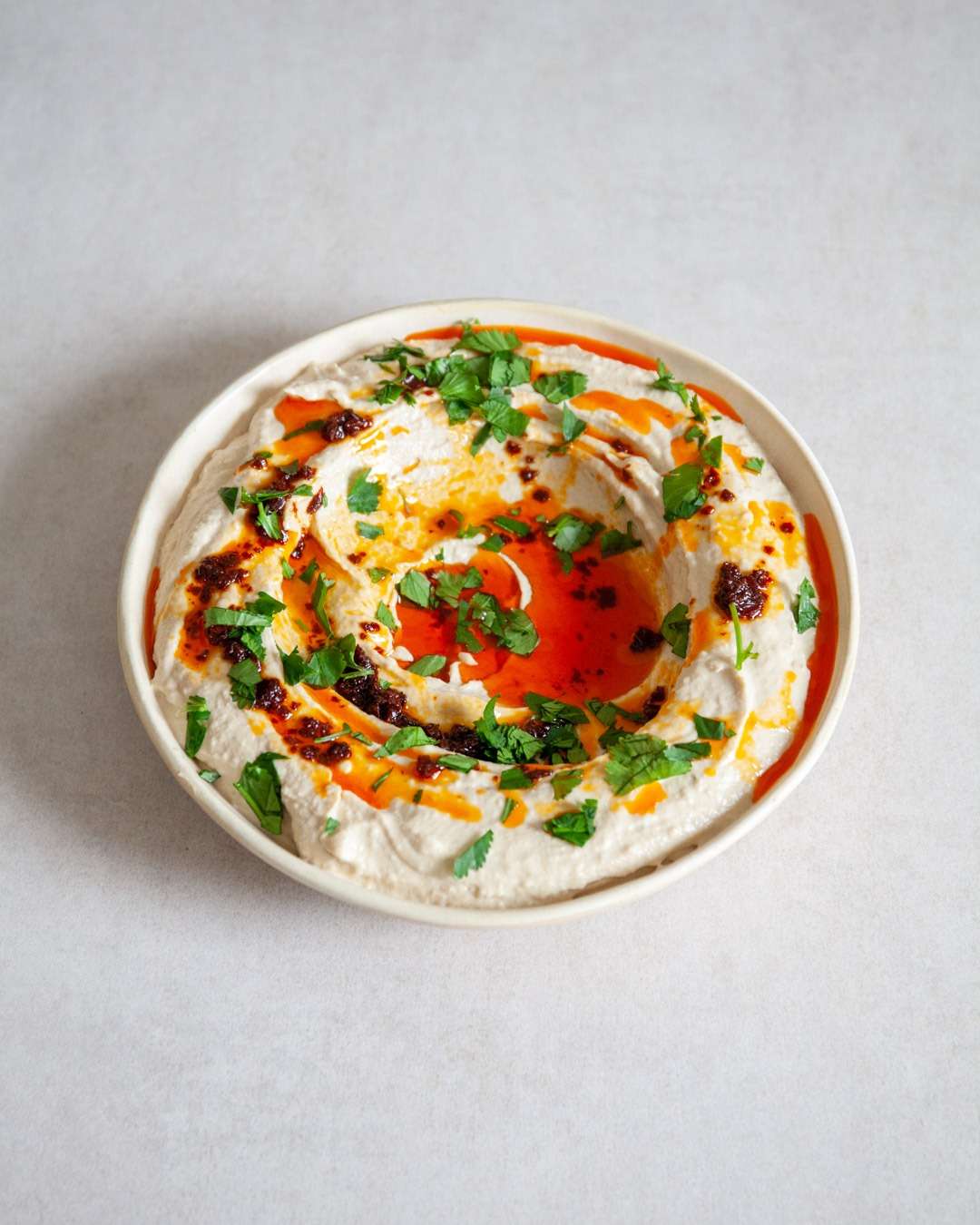
This creamy hummus is one of my favourite recipes. It’s not only delicious but also a rich source of protein and healthy fats from chickpeas and tahini.

Burmese Chickpea Tofu Salad is a dish from Burma’s Shan minority, made from chickpea flour, turmeric and water, differing from soy-based Chinese tofu.

Jian Dui, Chinese Sesame Seed Balls, are a popular snack during Lunar New Year. They are crispy on the outside, light and slightly chewy on the inside and commonly filled with a sweet red bean paste. Once the dough is cooked in the oil, they begin to inflate and double in size, which symbolises good luck and prosperity for the year ahead.

Ribollita, Tuscany’s famous bread soup, dates back to the Middle Ages, when servants gathered leftover bread from the banquets of their superiors and combined it with vegetables into a nourishing meal. The name of the dish translates to ‘reboiled’.

Khoresh Bademjan is a comforting Persian aubergine stew, rich with fried aubergines and tangy black limes. Made with split peas, it’s a hearty vegan option.
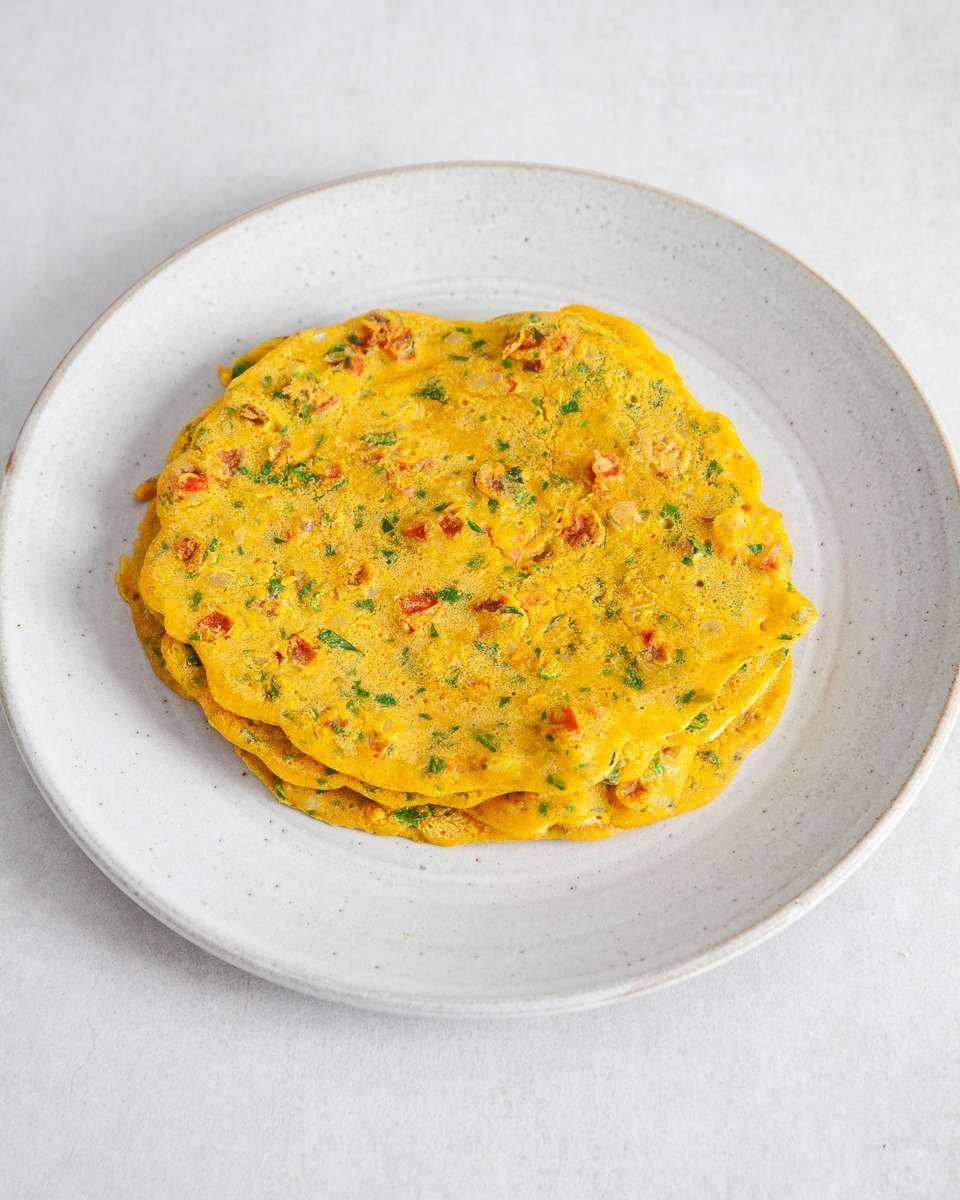
Besan is the Hindi word for gram flour (chickpea flour) and Chilla translates to pancake. It’s a popular North Indian breakfast, but it makes for a protein-rich, gluten-free and quick meal at any time of the day.

Suan La Fen (酸辣粉) is an experience for the palette and senses. The slippery noodles together with the spicy and tangy broth turn each mouthful into a fragrant and fun sensation.

This version of kibbeh combines the rich, earthy taste of pumpkin with bulgur wheat, onions and a blend of aromatic spices. The result is a savoury, golden-brown crust with a tender, spiced filling that’s perfect for a hearty meal or an impressive appetiser.

One of my favourite twists to making chickpea tofu is to turn it into farinata instead. Farinata is a thin chickpea pancake that originated in Genoa and is known in France as ‘socca’. Traditionally, it’s made from chickpea flour, but just like with the Burmese-styled tofu, you can start with whole, dried chickpeas.

Did you know that you can make tofu out of black beans? By extracting and heating the protein in legumes, you can change the protein bonds, causing them to firm up. Most of us have already experienced this process before when boiling an egg, turning the white from translucent to firm.
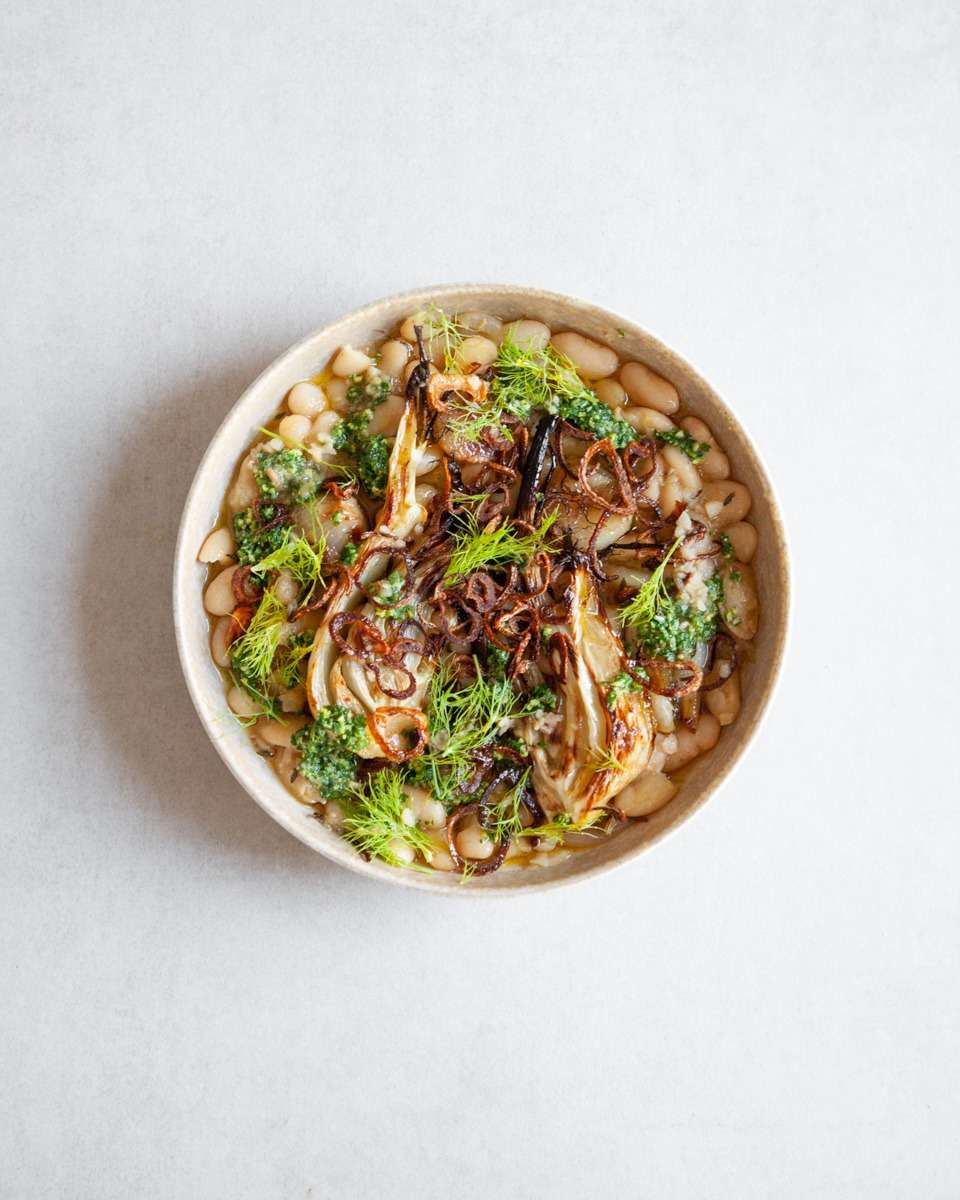
With shallots being available all year round, it’s easy to forget that they too are seasonal. And September is the month when British new season shallots kick into gear. So here we go! Shallots are also brilliant at adding complexity to a dish.

One of my favourite ways to eat homemade chickpea tofu is this little twist. Panelle, in essence, is Burmese tofu spread out thinly and fried into crispy fritters. They are a traditional Sicilian street food from Palermo, where they are served in a bun with nothing else but a squeeze of lemon juice. Although not according to custom, I like to add a refreshing, tangy gremolata to cut through the textures and wake up the flavours.

It feels curiously liberating to know that culinary classics like falafel can be made not just with chickpeas or fava beans, but in fact with most legumes. After all, most traditional dishes have always come from a place of necessity and availability, making use of what’s around but applying culinary wisdom that can be found in other parts of the world too.
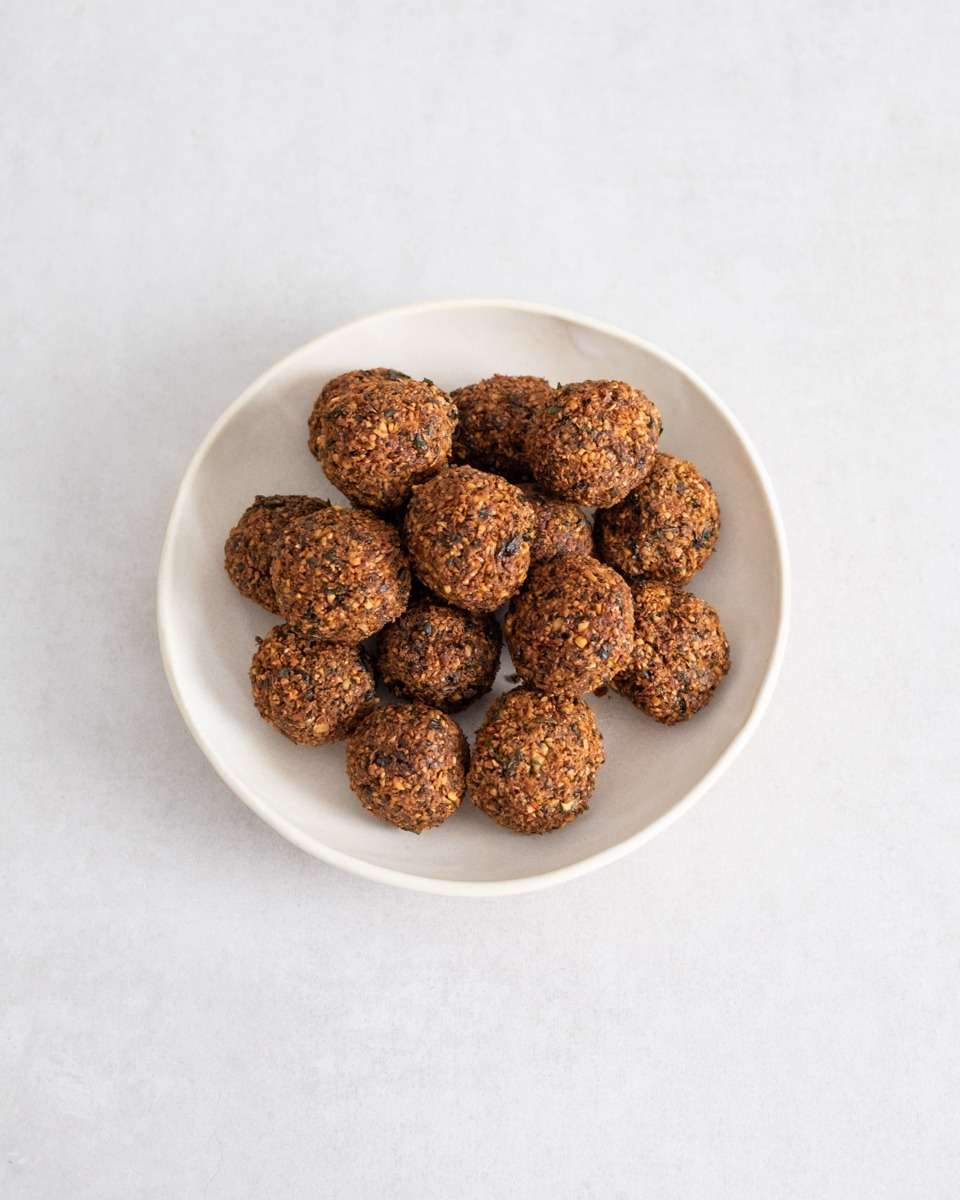
Falafel has long conquered the culinary world as a flavoursome, naturally vegan, street food. By itself served with a simple tahini sauce, packed into a warm pita or served on salads, it makes a delicious showstopper of a meal. But as much as I loved having falafel out and about, I was never quite pleased when making it at home. It usually came out dense & dry, a texture that also seemed to drag the flavour of the herbs and spices into an inaccessible void. Over time, I’ve finally made a few changes that resulted in the crispiest and fluffiest falafel I have not only ever had at home, but that I have ever had, period.
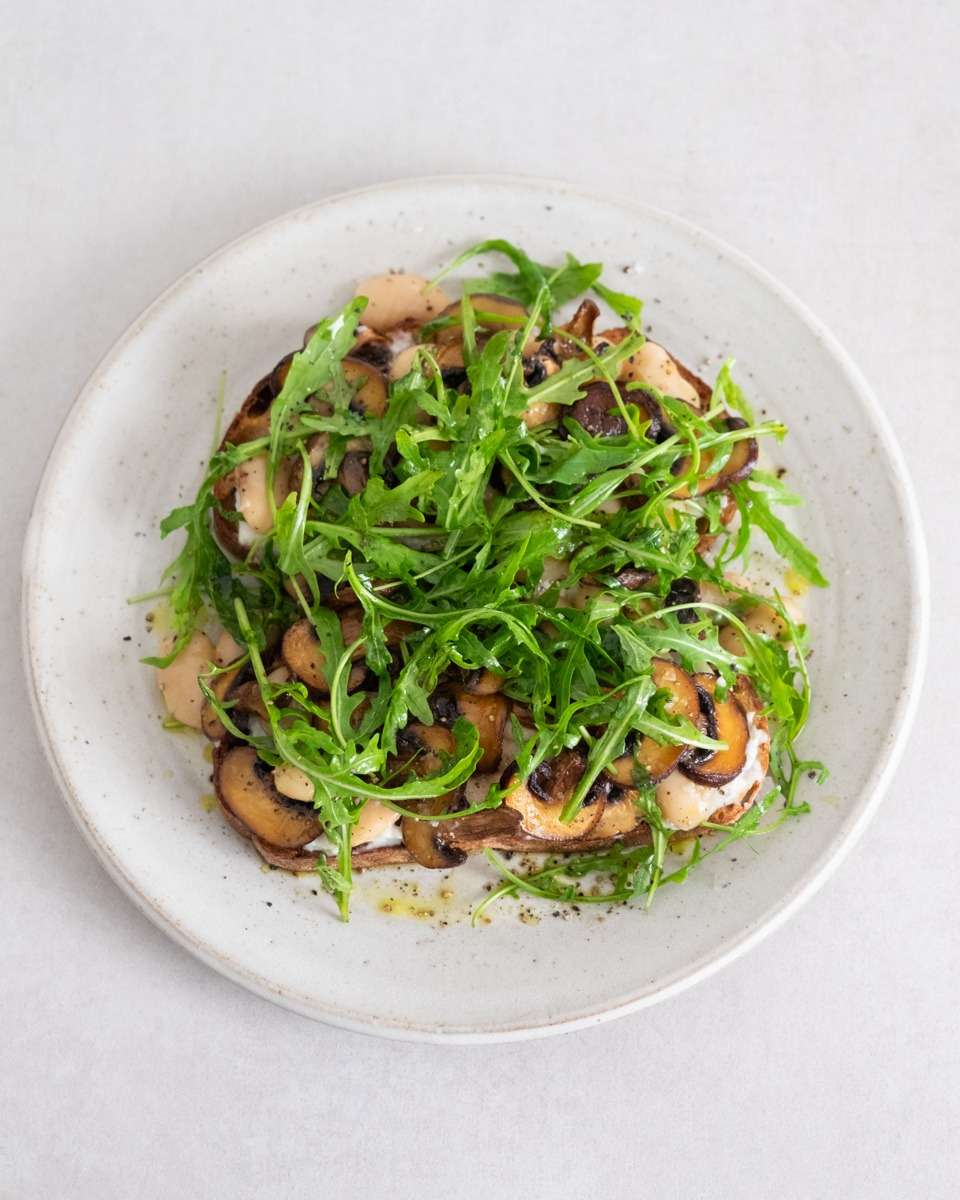
15 minute Mushrooms & Beans on Toast

A quick vegan lunch served in just 15 minutes.
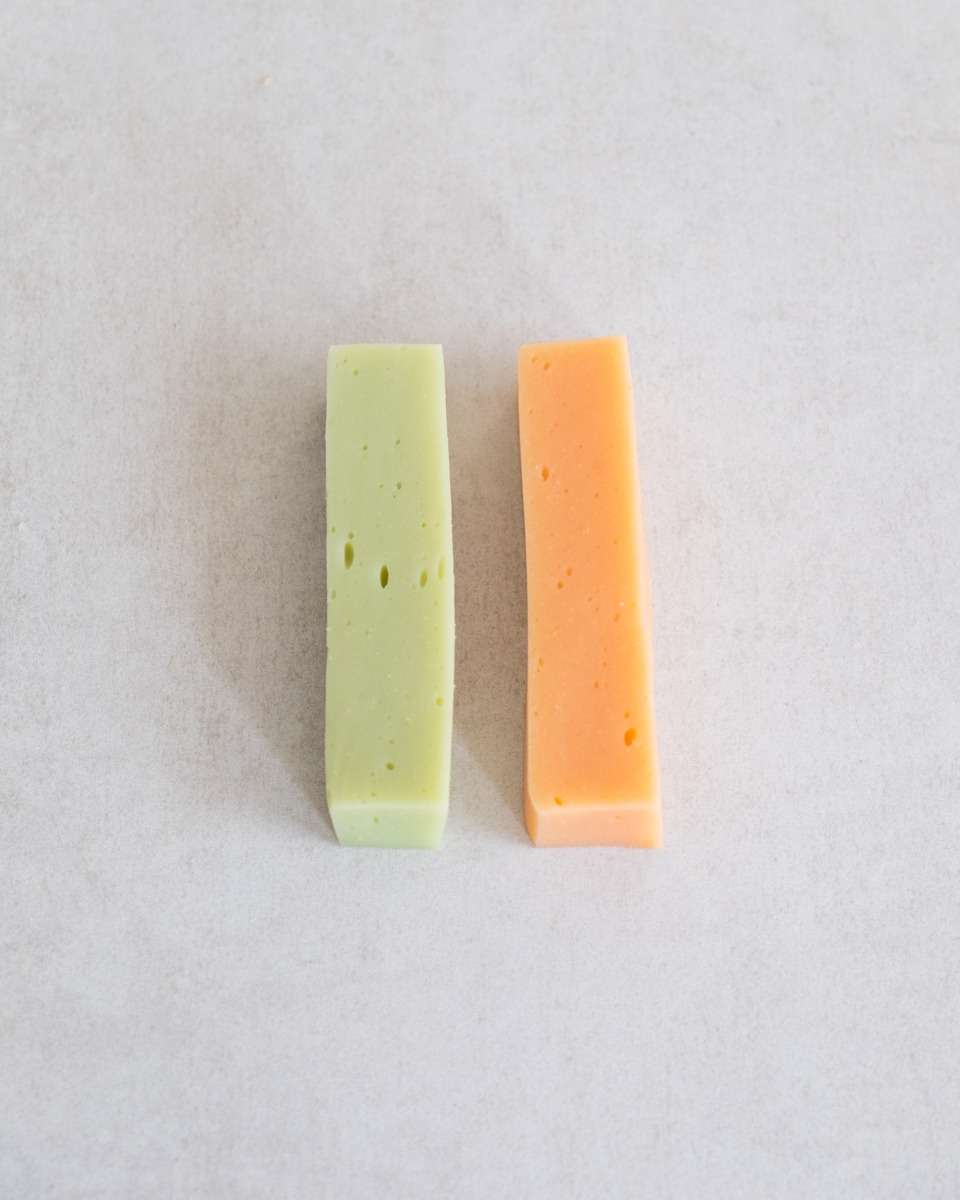
Did you know that you can make tofu out of any legumes? Most legumes are high in protein (around 20% / 20g per 100g). By extracting and heating them, you can change the protein bonds, causing them to firm up. Most of us have already experienced this process before when boiling an egg, turning the white from translucent to firm.Although this works with any legume (chickpeas, lentils, beans…), it’s slightly different with soybeans, which are even higher in protein (around 40%). In fact, they have enough protein for it to curdle, which allows you to filter and press it into firm tofu. With other legumes, we only coagulate the liquid, giving it a soft Burmese-style texture.You can of course also add spices or herbs to the strained liquid. Once ready, make sure to fry it long enough to get crispy golden edges all around for maximum flavour. It’s brilliant as a soft tofu replacer but can be used for classics like panisse or panelle. Either way, you probably have some dried legumes sitting on your shelf begging you to give it a go.
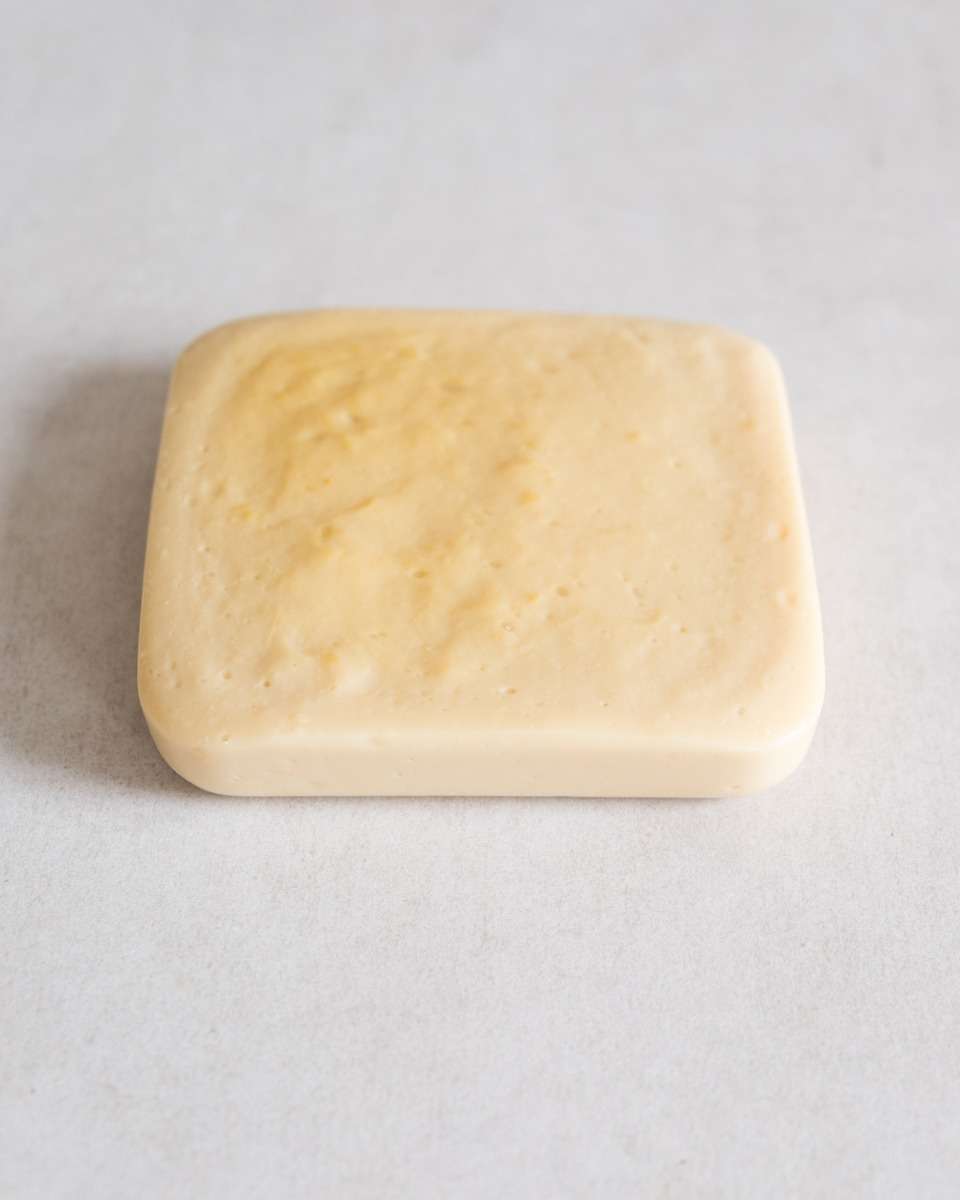
Burmese tofu is a common dish from the Shan minority in Burma (Myanmar) that is traditionally made with flour from split yellow lentils or chickpeas. It is different to traditional Chinese tofu, which is made by curdling soy milk and pressing the curds into a firm block.
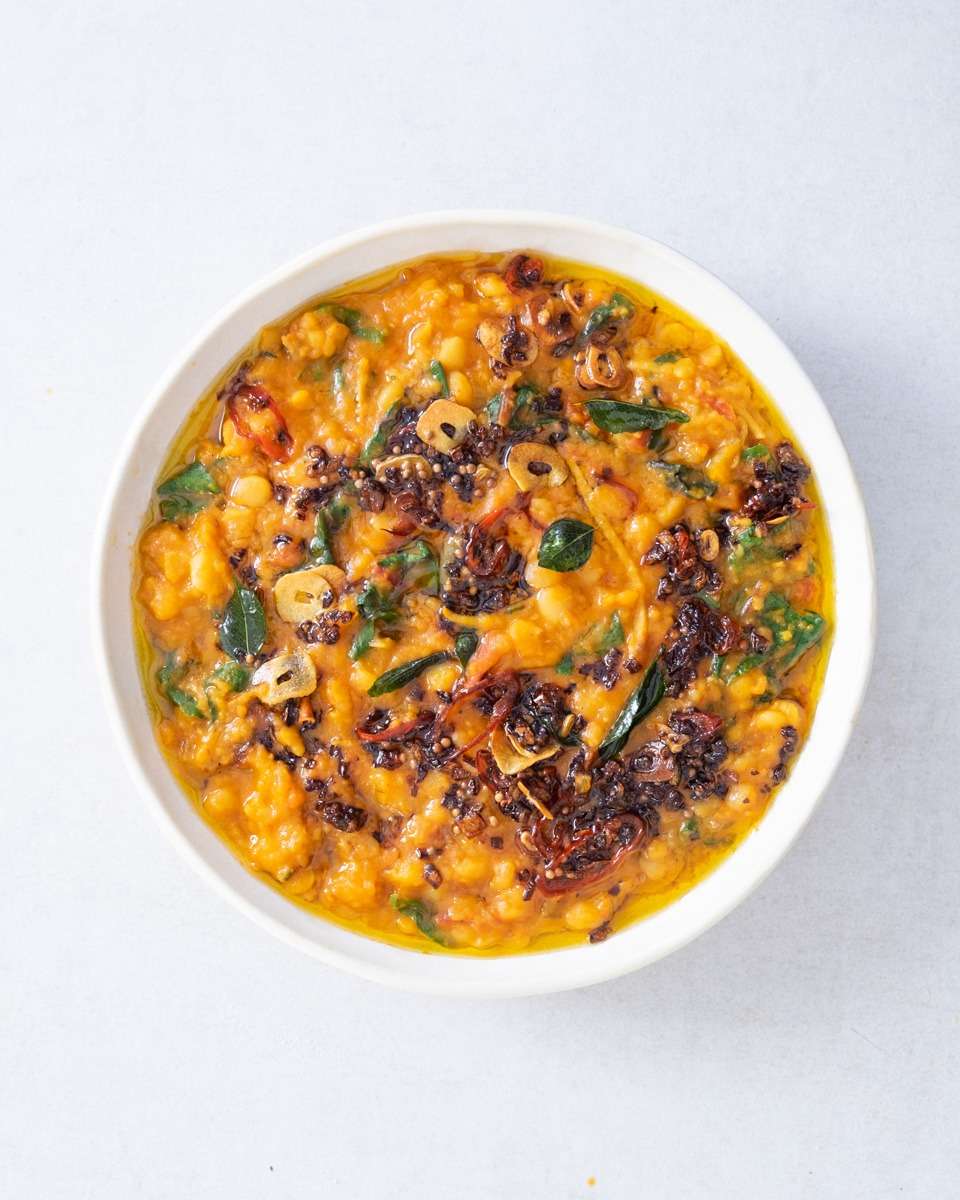
An Indian-inspired stew made with locally grown British split yellow peas.